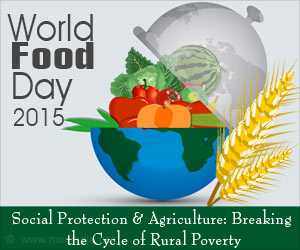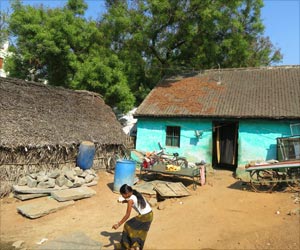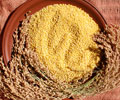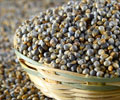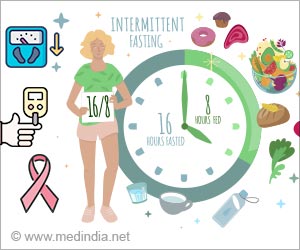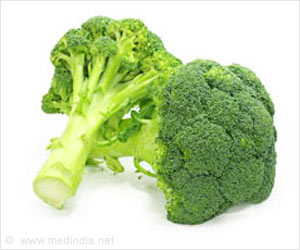India and the FAO (Food and Agriculture Organisation) of the United Nations jointly proposed to declare the year 2023 as the International Year of Millets, which are one of the common climate-resilient traditional crops of India to fight malnutrition.
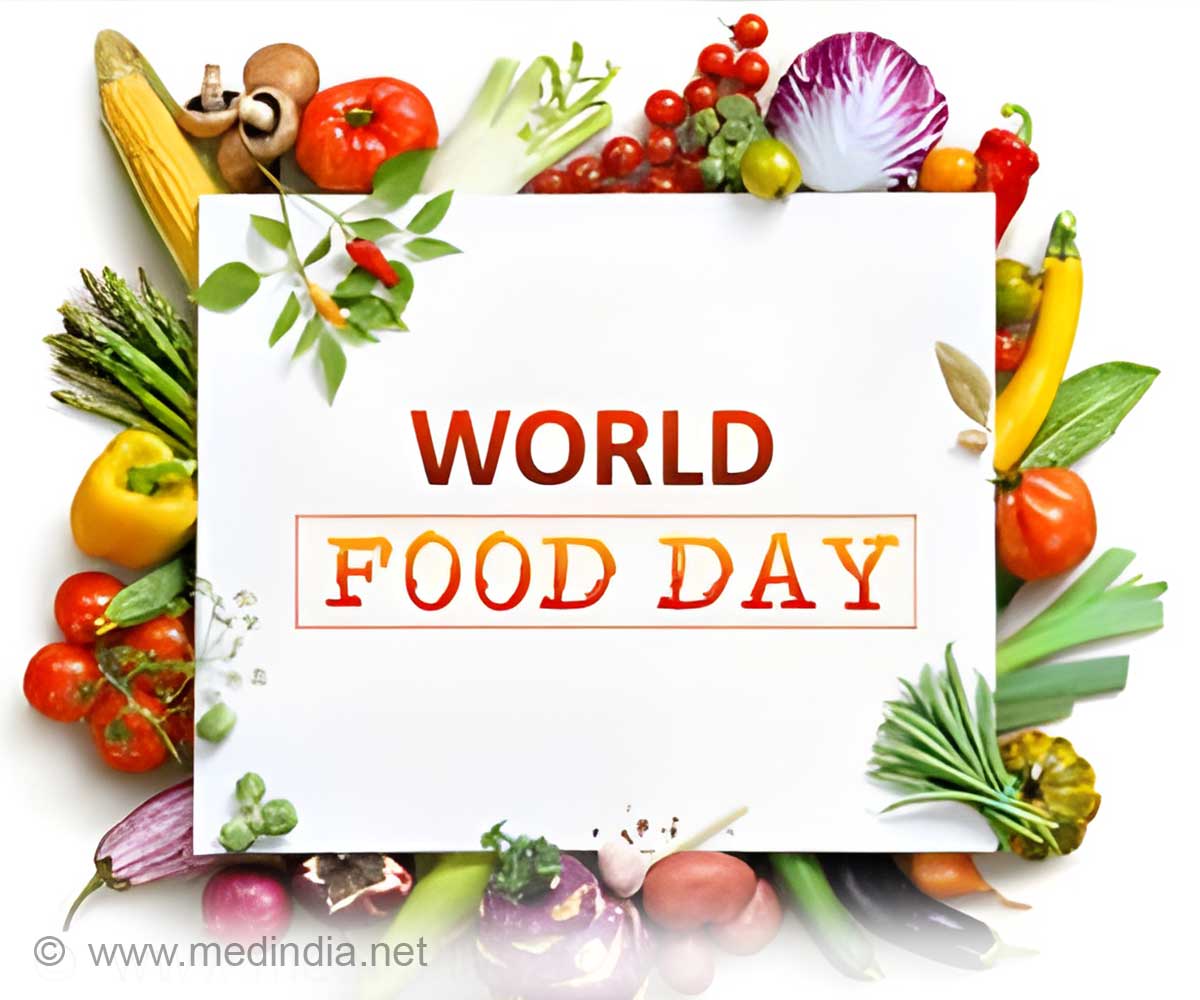
‘Promotion of homestead gardens and diversification of agriculture production towards vegetables, fruits, and aquaculture can contribute towards addressing the malnutrition.’





The focus must not only be on increased food grain production but to also increase the production of targeted nutri-cereals (nutrition-rich crops) such as millets, he said. "FAO and the Government of India have proposed to declare the year 2023 as the International Year of Millets, which are one of the most climate-resilient traditional crops of India. Promotion of homestead gardens and diversification of agriculture production towards fruits, vegetables, and aquaculture can contribute towards addressing the malnutrition," Shichiri said.
Meera Mishra, Country Coordinator, International Fund for Agricultural Development (IFAD) India Country Office, said the changing patterns of consumption directly benefit farmers' production system and income.
Quoting an example of millet production in Madhya Pradesh, she said the tribal Baiga women in the remote Dindori district in MP grew minor millets - Kodo and Kutki - using traditional practices. Support from government and IFAD program has increased the production and engagement. Earlier only 750 farmers were doing millet farming in 750 acres, and today, these numbers have increased by ten times to 7,500 farmers and 7,500 acres.
Source-IANS

